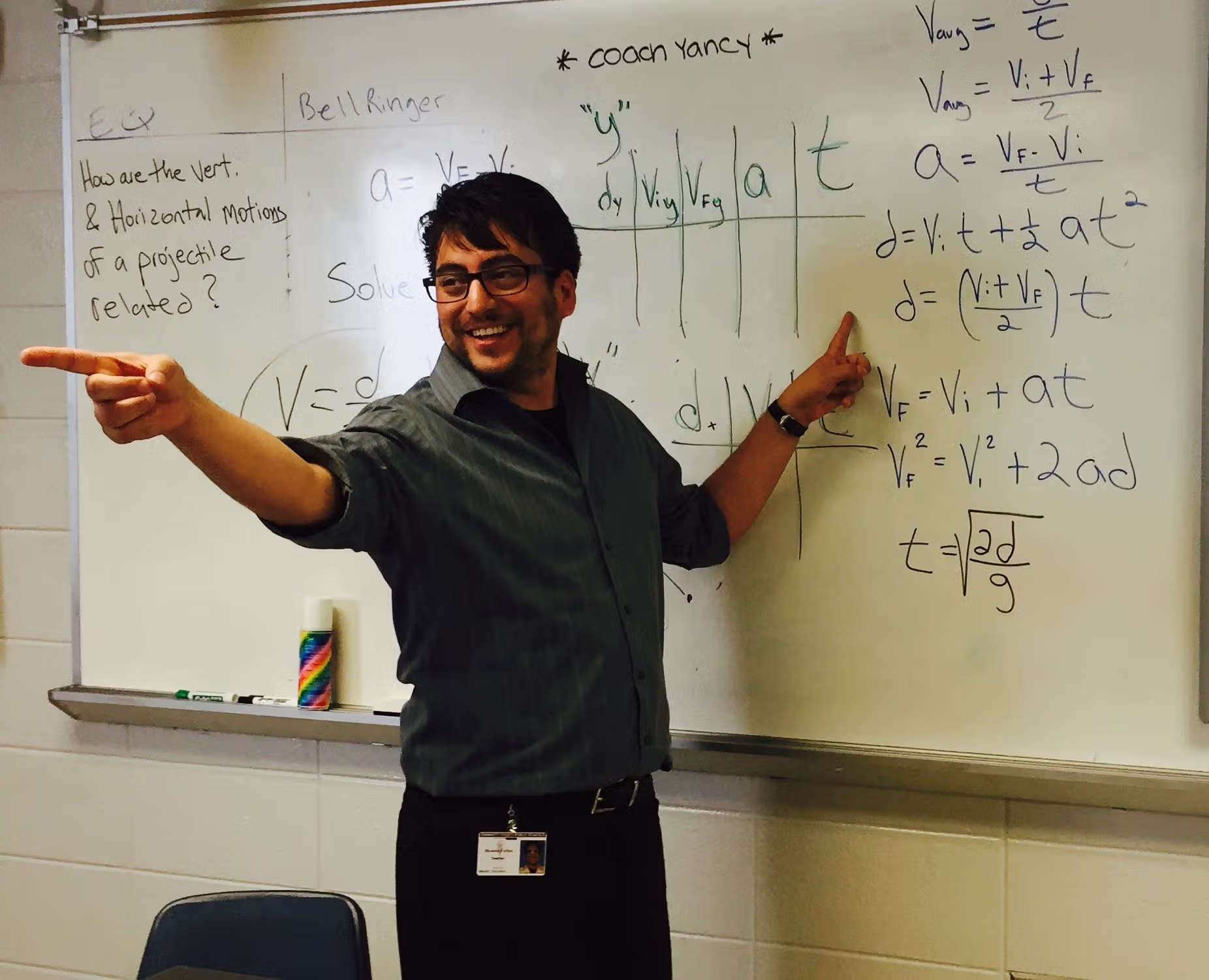Supply and Demand
The need for physics teachers is greater than nearly any other subject area, according to an annual survey of school districts. (AAEE, 2020)
Most Teachers of Physics are Underprepared
Sufficient knowledge of physics content (along with physics-specific pedagogical knowledge) is crucial for a qualified physics teacher.
Most high school physics classes are taught by a teacher with little to no formal preparation in physics.
High school classes taught by teacher with degree in the field (Hill and Gruber, 2011)
Most new physics teachers are also underprepared. Only 43% of them have a physics-related degree.
Of the 1,400 new high school physics teachers each year, a majority have very little formal preparation in physics. (White, 2018)
Why There is a Shortage
Most Institutions Don't Prepare Physics Teachers
Colleges and universities aren’t preparing enough physics teachers. Data from both the APS’s Task Force on Teacher Education in Physics (displayed below) and the US Department of Education’s Title II reports show that most institutions with secondary education programs prepared an average of zero physics teachers over the last three years.
Two-thirds of institutions prepared an average of zero physics teachers over a three-year period. Source: (Meltzer, Plisch, and Vokos, 2012)
PhysTEC’s National Report Card on Physics Teacher Preparation, which uses Title II data, shows the need for teachers in each state and which institutions are preparing them.
We Know The Shortage Can Be Eliminated
If each institution prepared just one more physics teacher per year, the shortage would be eliminated. We know we can do it:
Students Are Interested
Surveys of over 7,000 US STEM majors demonstrate that nearly half of all STEM majors have an interest in teaching, including about half of physics majors. (Marder, Brown, and Plisch, 2017)
About half of STEM majors (the main pool of potential physics teachers) have at least some interest in teaching as a career. Most of them do not become physics teachers in part because, as research shows, faculty and students are not aware of the benefits of the profession, both intellectual and financial.
Fortunately, there are best practices for addressing this and other challenges.
References
American Association of Employment in Education, 2019-2020 Educator Supply and Demand Report, 2020.
Jason G. Hill and Kerry J. Gruber, Education and Certification Qualifications of Departmentalized Public High School-Level Teachers of Core Subjects: Evidence from the 2007-08 Schools and Staffing Survey, Statistical Analysis Report [NCES 2011-317] (PDF), National Center For Education Statistics, U.S. Department of Education, Washington, D.C., 2011.
David E. Meltzer, Monica Plisch, and Stamatis Vokos, Transforming the Preparation of Physics Teachers: A Call to Action: A Report by the Task Force on Teacher Education in Physics (T-TEP), American Physical Society, College Park, MD, 2012, p.14.
Michael Marder, R. Casey Brown, and Monica Plisch, Recruiting Teachers In High-needs Stem Fields: A Survey of Current Majors and Recent STEM Graduates, American Physical Society Panel on Public Affairs, 2017.
Susan White (personal communication), Statistical Research Center, American Institute of Physics (2018).
